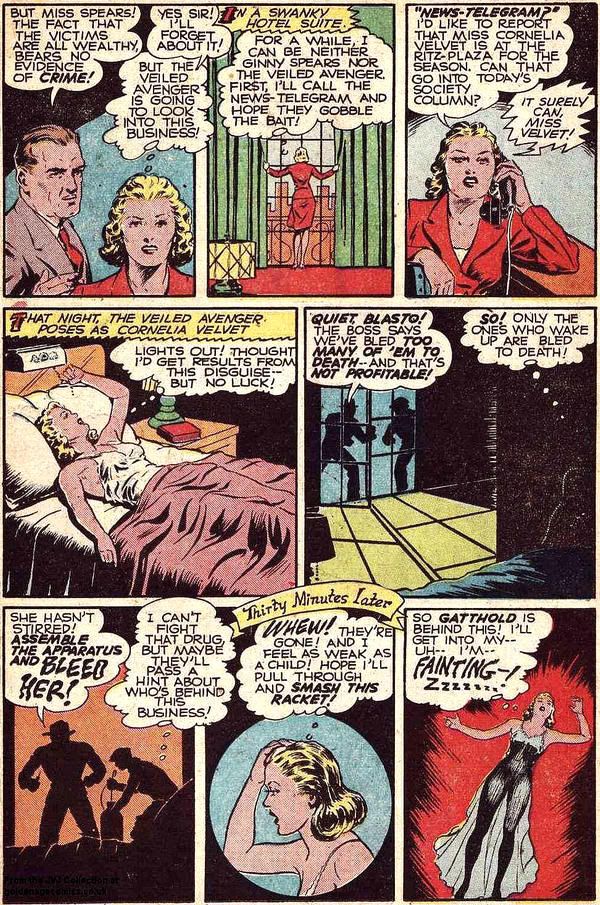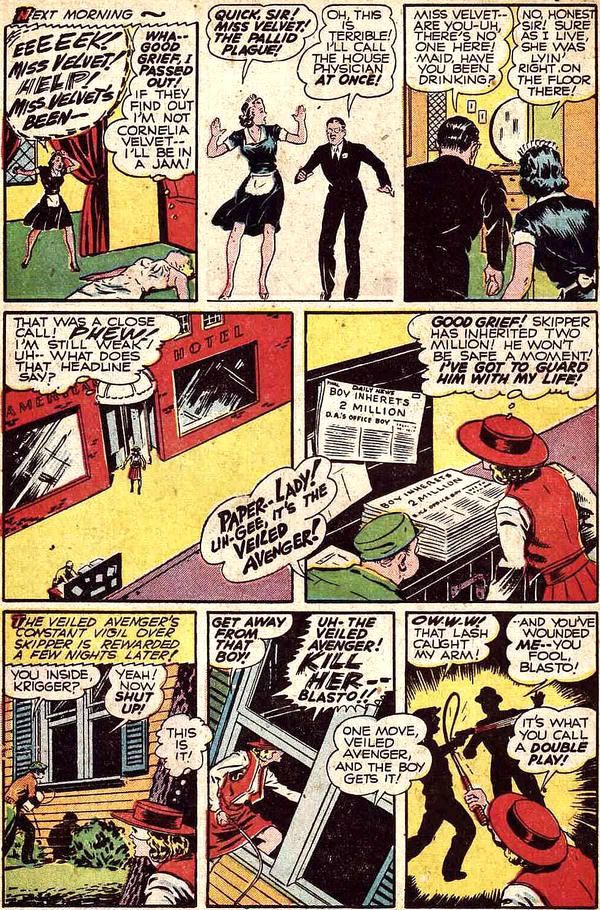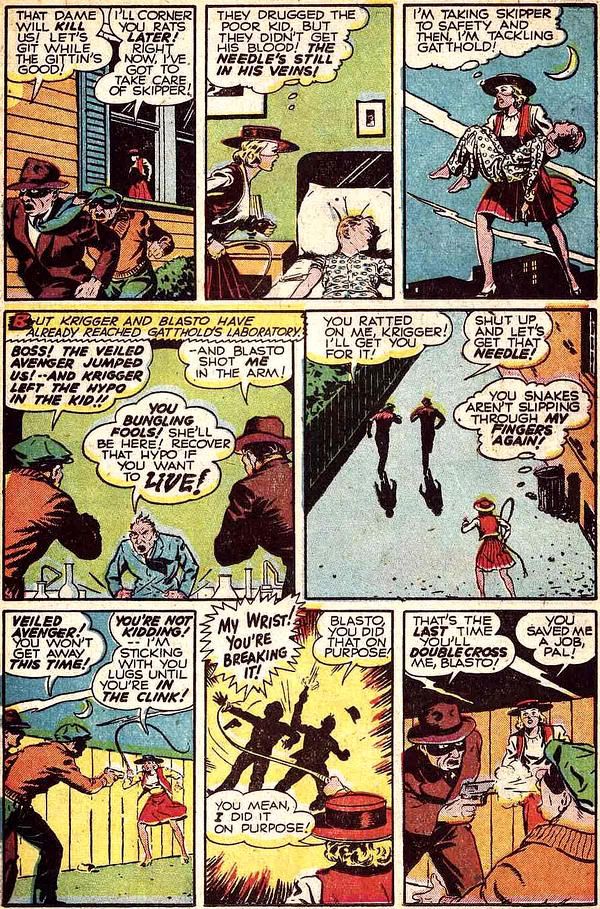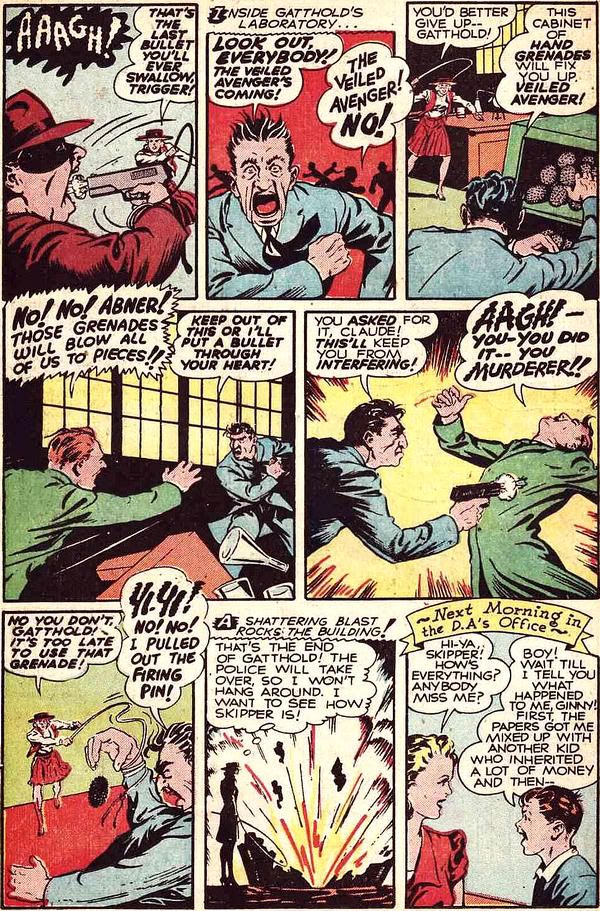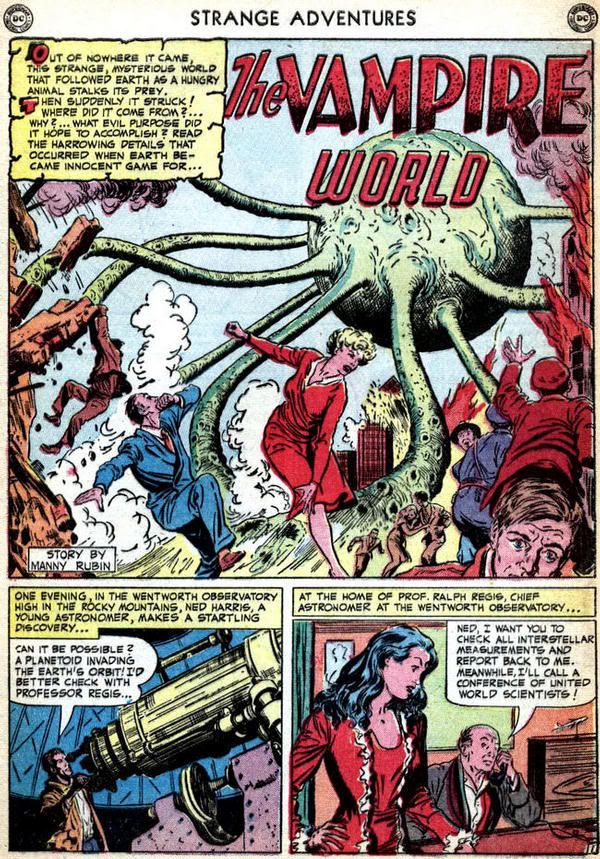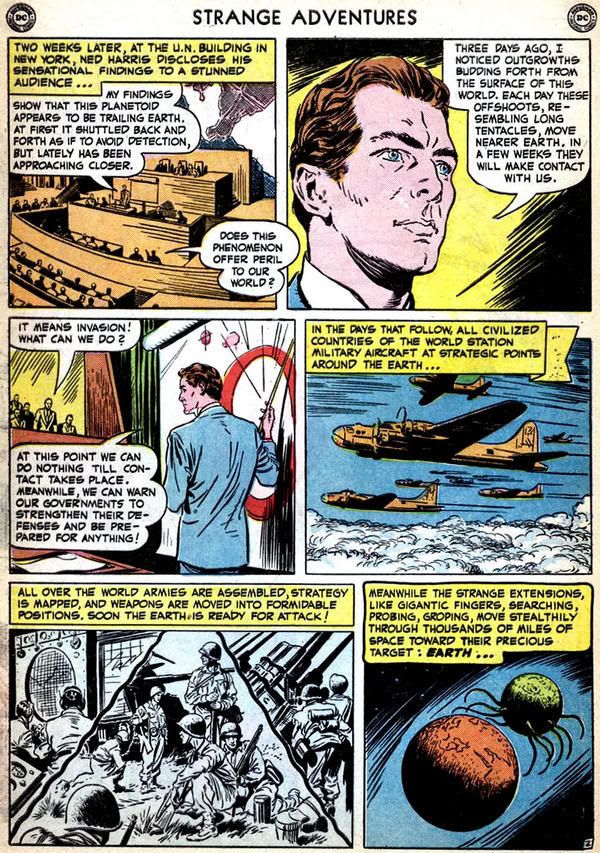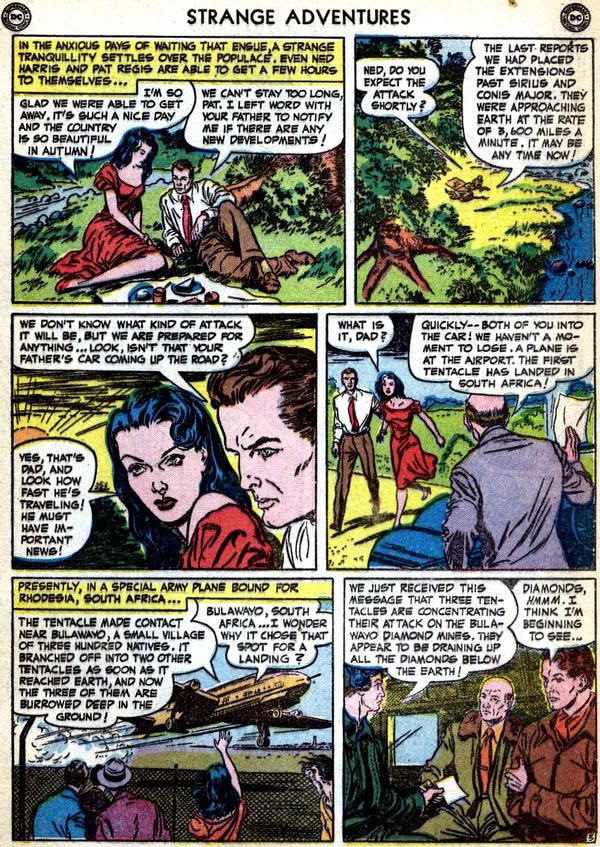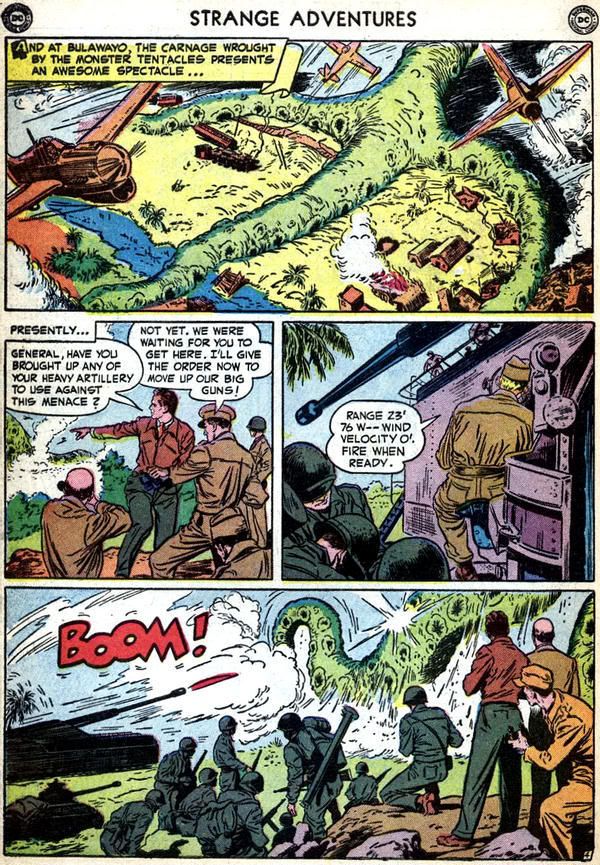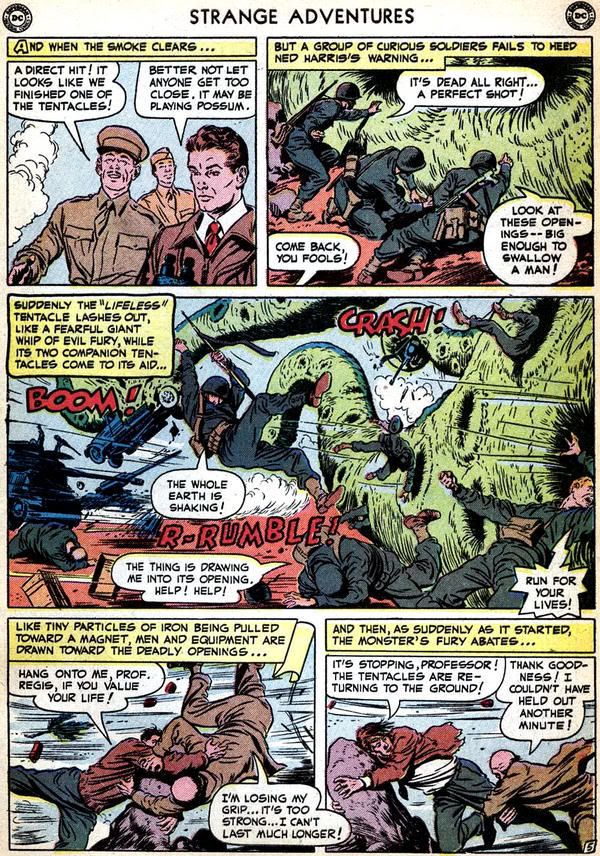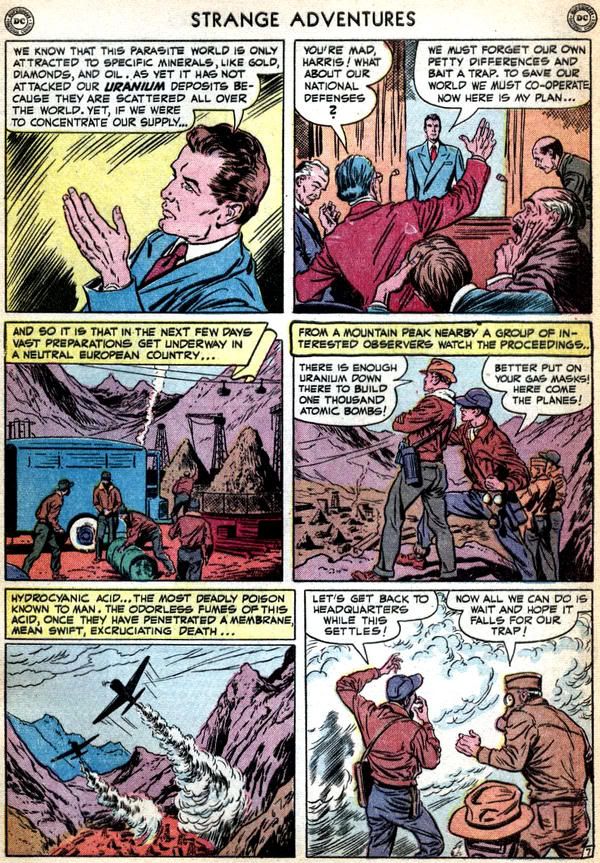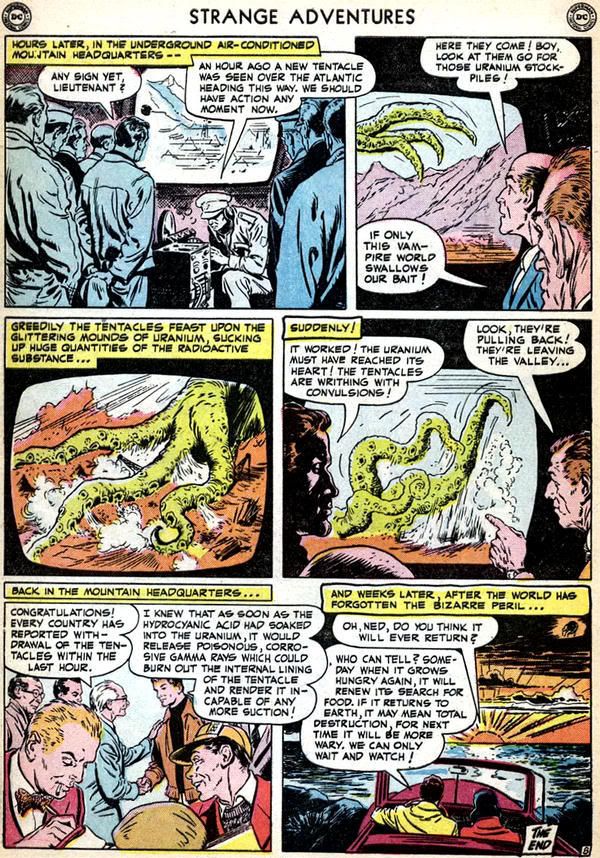 [This review comes from Adam J. Noble, a public librarian living in Eastern Canada.]
[This review comes from Adam J. Noble, a public librarian living in Eastern Canada.]If you go shopping on Amazon for trade collections of
Uncanny X-Men, you’ll find that those unpredictable mad scientists who toil in Amazon’s warehouses have decided to begin numbering the
Uncanny X-Men volumes with Matt Fraction’s first crack at writing the Mopey Mutants (eg.
Uncanny X-Men Vol. 1: Manifest Destiny; Uncanny X-Men Vol. 2: Lovelorn), which is fair enough. Fraction is doing the nigh-impossible and giving us a fresh, exciting take on the X-Men without venturing too far left of field into hard sci-fi (i.e. Grant Morrison’s
New X-Men) or going off in the other direction, into soap opera territory (Joss Whedon’s
Astonishing X-Men). Fraction’s been delivering an allegorically charged, witty and fun take on the X-Men that feels like it’s just getting started.
However! Amazon’s unofficial “numbering system” ignores the collection
Uncanny X-Men: Divided We Stand, which falls in between Fraction’s run and the
Uncanny X-Men/X-Men/X-Force/New X-Men crossover
Messiah CompleX. I came up in the 1990s, my brothers and sisters -- I am not going to read an X-Men crossover ever again, if I can help it. (Once
Onslaught-en, twice shy.) So I feel completely justified in telling people to skip
Messiah CompleX and begin with
Divided We Stand -- which features a recap page, if you need it.
But the volume doesn’t feel like the epilogue to a line-wide crossover. It instead feels like a prologue, and a more than serviceable one at that. Any explicit references to prior events feel more like the
in media res way that Grant Morrison often begins his books (“Jimmy’s been cursed by a gypsy fortune-teller? Sure, why not…”).
Although Fraction isn’t credited with the writing of this volume, his
Immortal Iron Fist collaborator Ed Brubaker is surprisingly on top of his game here, so much so that one suspects that Fraction was involved to a large extent in the plotting. I’ve criticized Brubaker on this site before: he’s capable of crafting great crime comics but writes in such a grim, “realistic” idiom that he shouldn’t be allowed within ten feet (3.048 metres) of a superhero comic writing credit. Yet, here’s a Brubaker-penned story about Cyclops and Emma Frost vacationing in the Savage Land, Angel and Warpath getting hypnotized into thinking that they’re hippies (along with most of San Francisco), and Nightcrawler wearing an Angelina Jolie hologram so that Colossus gets photographed by paparazzi.
Yeah, not so much with the grim.
I suspected briefly that Fraction might even have ghost-written this volume, except it features lots of Brubaker hallmarks like having everybody give long speeches about exactly how they feel (like people do all the time in real life right? *COUGH*) and Emma Frost not sounding the least bit English or, for that matter, bitchy.
But in all, this is the most
fun superhero book that Brubaker has attached his name to, and it does a great job of setting the stage for a pretty terrific Fraction run. If you’re looking to get on board with
Uncanny X-Men after hearing all the buzz surrounding the current crossover with
Dark Avengers, this is a great place to start -- consider it Volume Zero and dig in.
Uncanny X-Men: the San-Francisco treat.
Bonus review: Wolverine: Get Mystique, written by Jason Aaron and illustrated by Ron Garney (the creative team behind the excellent ongoing series
Wolverine: Weapon X), serves a similar function to
Uncanny X-Men: Divided We Stand, in that it acts as a bridge from
Messiah CompleX into the new status quo. Mystique -- whom casual X-Fans will remember as being played by naked Rebecca Romijn in the movies -- has betrayed the X-Men’s sympathies once again, and Wolverine has been tasked by Cyclops to bring her down ...
permanentlyOOOHSNAP.
Wolverine’s hunt for Mystique across continents and war zones turns out to be a framing device built to showcase a flashback to the pair’s first meeting, in the days of flappers, speakeasies and the Charleston. Wolverine and Mystique’s relationship escalates until it reaches a climax in a boxcar that neither of them could have foreseen. Funny, violent, genuinely disturbing and most of all sad,
Wolverine: Get Mystique is not just the best solo Wolverine story ever: it’s also one of the best collected editions Marvel has ever released. And for a $10.99 US cover price, it’s also a bargain.
Get this, then get the collection entitled
X-Men: Manifest Destiny, which mostly consists of the Aaron-penned story of what Wolverine gets up to once he moves back to San Francisco with the other X-Men (it involves kung-fu warlords and is perfect). Then, start picking up
Wolverine: Weapon X.
Ol’ Sniktbub has never been better at doing what he does. He’s the San Francisco treat. (I already used that joke? Never mind. Just pretend I made a Grateful Dead reference.)

 Sale is seated with his back to us, and is singing along with a radio commercial. It's said that Sale stuttered, but could sing radio jingles with no impediment.
Sale is seated with his back to us, and is singing along with a radio commercial. It's said that Sale stuttered, but could sing radio jingles with no impediment.









 From Atomic War #3.
From Atomic War #3.




